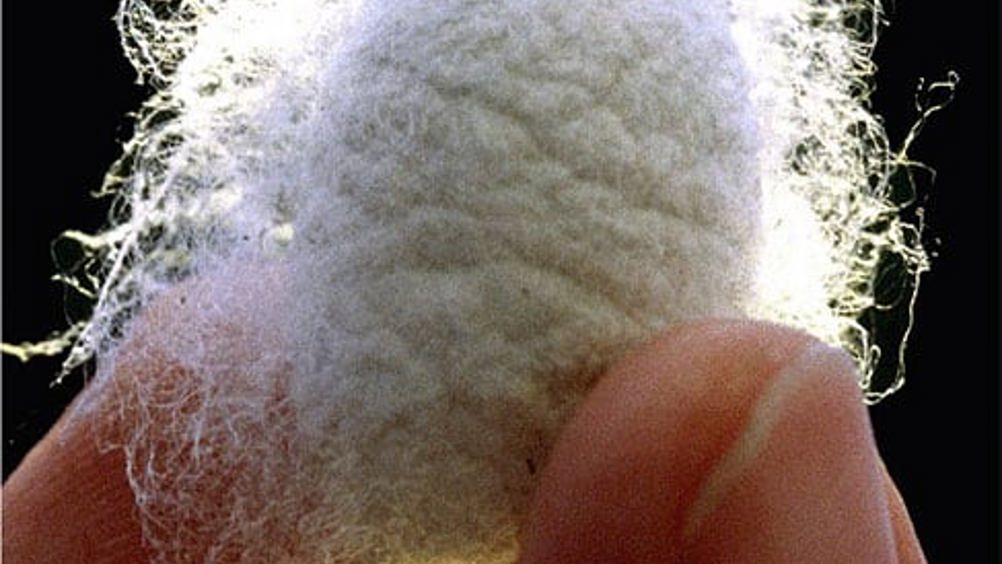Silk nanostructures have clean room potential
Engineers at Tufts University in the US have shown that it is possible to generate nanostructures from silk in a process that uses water as a developing agent and standard fabrication techniques.

Accordning to Tufts, this approach provides an alternative to the toxic materials commonly used in nanofabrication - a process at the centre of semiconductor fabrication and manufacture of other electronic and photonic devices - while delivering fabrication quality comparable to conventional synthetic polymers.
A paper describing this work - All Water-based Electron Beam Lithography Using Silk as a Positive, Negative and Biofunctional Resist - appears in Nature Nanotechnology.
‘In a world that strives to reduce toxic footprints associated with manufacturing, our laboratory is exploring biopolymers, and silk in particular, as a candidate material to replace plastics in many high-technology applications,’ said Fiorenzo Omenetto, Ph.D., senior researcher on the work and Frank C. Doble Professor of Biomedical Engineering at Tufts.
Nanofabrication involves high-resolution patterning with features so small that they have at least one dimension no larger than 100nm.
Nanoscale fabrication is usually obtained depositing thin films of customised polymers, called resists, onto silicon wafers. Each resist layer is successively patterned by using light or electrons (via electron beam lithography) to expose the part of the resist not covered by a mask. Subsequently, positive resists are dissolved when subjected to a developer while negative resists remain behind after development. The composition and configuration of the layers determine the properties of the structure.
Register now to continue reading
Thanks for visiting The Engineer. You’ve now reached your monthly limit of news stories. Register for free to unlock unlimited access to all of our news coverage, as well as premium content including opinion, in-depth features and special reports.
Benefits of registering
-
In-depth insights and coverage of key emerging trends
-
Unrestricted access to special reports throughout the year
-
Daily technology news delivered straight to your inbox










UK Enters ‘Golden Age of Nuclear’
Apologies if this is a duplicate post - a glitch appears to have removed the first one: > While I welcome the announcement of this project, I note...